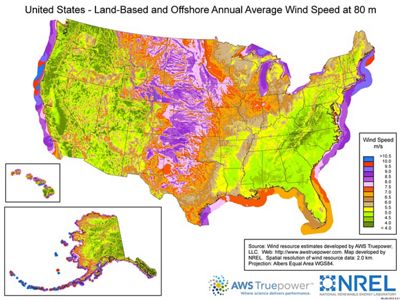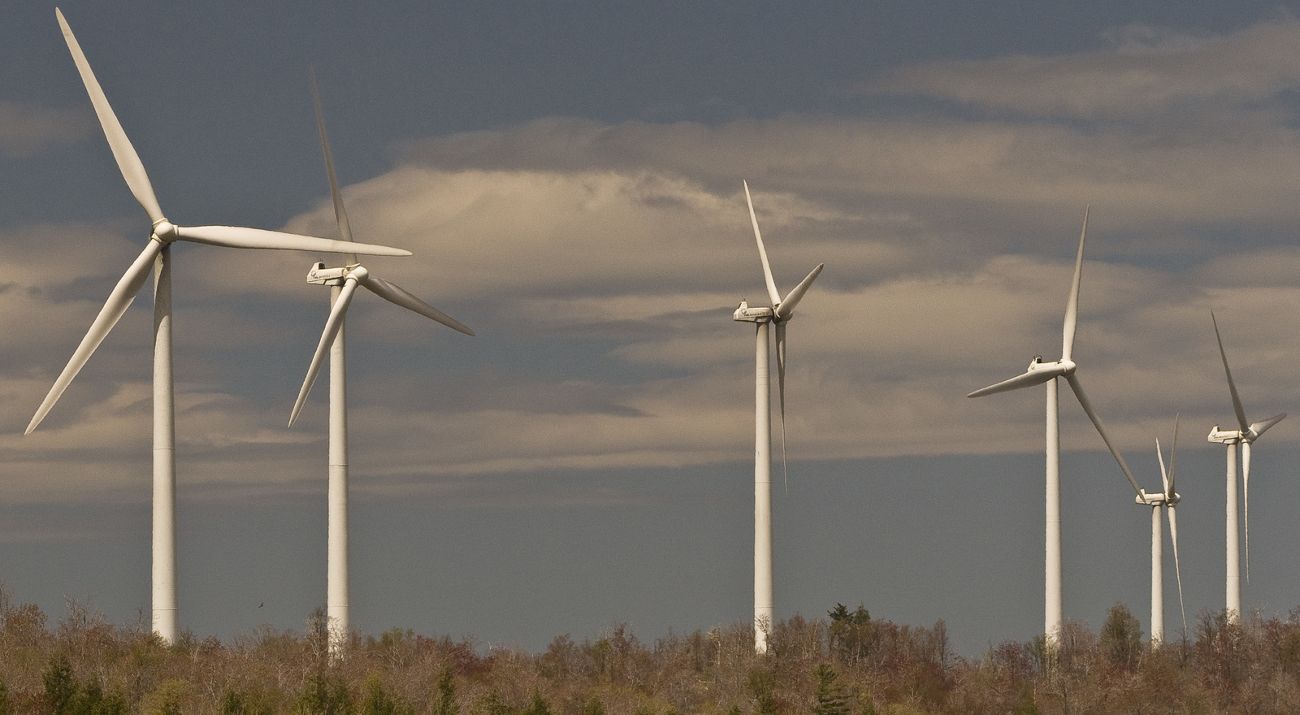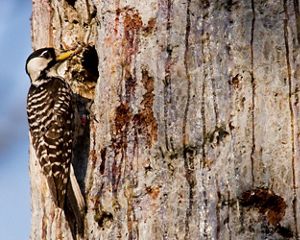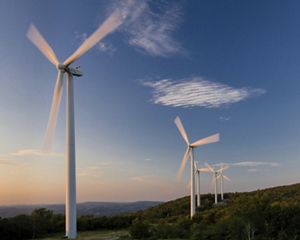Climate Change is one of the world’s most urgent challenges and presents an immediate risk to our communities, economies, and our natural resources.
Transitioning away from fossil fuels towards more clean energy sources is an important way to address climate change. One part of the answer to address climate change may be blowing in the wind.
North Carolina's Potential
The National Renewable Energy Laboratory estimates that the United States has a gross offshore wind power resource of 4,223 gigawatts, roughly four times the generating capacity of the current U.S. electric grid. North Carolina has the largest share of this offshore wind resource with the potential to significantly contribute to a low carbon future if proposed offshore wind farms are appropriately designed and sited.
Offshore wind energy generation is managed by the Bureau of Offshore Energy Management (BOEM). North Carolina’s Wind Energy Areas, areas designated by BOEM for lease, are the Kitty Hawk area off the northern coast and the Wilmington East and Wilmington West areas off the southern coast.
As with any industrial development, offshore wind energy generation can have an associated socioeconomic and environmental footprint. That’s why The Nature Conservancy is working with BOEM to provide them the most up-to-date information on the characteristics of North Carolina’s lease areas to help ensure that wind farms are located and designed in a way that considers all ocean uses, including ecosystem needs.
South Atlantic Bight Marine Assessment (SABMA)
TNC has recently completed the South Atlantic Bight Marine Assessment (SABMA), a significant set of spatial analyses that extend from the mouth of the Chesapeake Bay to the Florida Keys. The SABMA builds on decades of marine research and data collection to improve understanding of critical habitats and their relationship with key species and oceanographic properties.
This regional effort engaged many marine experts in the creation of regional spatial data on the distribution and status of seafloor habitats, coastal ecosystems, marine mammals, and sea turtles. Evaluation across resources enabled the identification of a conservation portfolio—areas of ecological importance.
These products, when combined with ocean use and more localized resource data, contribute to the body of knowledge needed to help reduce potential conflicts between and among human uses, like offshore wind energy generation, and ecologically significant resources.

Quote
Offshore wind means less energy generated by burning fossil fuels, resulting in cleaner air and water, and better health for North Carolinians.
Our Wind Work in North Carolina
We are engaged in the BOEM process around offshore wind energy siting, sharing TNC’s ecological data and conservation portfolio. We are working to ensure decisions made by BOEM are based on the principles of marine spatial planning and mitigation hierarchy, an approach that includes in order of preference, avoidance, minimization, and measures to offset or compensate for unavoidable impacts.
Appropriately-sited offshore wind farms in North Carolina can provide benefits both for nature and people when decisions are based on sound science. Renewable energy like offshore wind means less energy generated by burning fossil fuels, resulting in cleaner air and water, and better health for North Carolinians. North Carolina is already home to 31 companies who manufacture components for the wind industry and further demand could result in additional economic growth.
Guided by science and our strong conservation principles, we will work to ensure that any future offshore wind energy in North Carolina is sited, constructed, and operated in a manner that is protective of our coastal and marine ecosystems.



